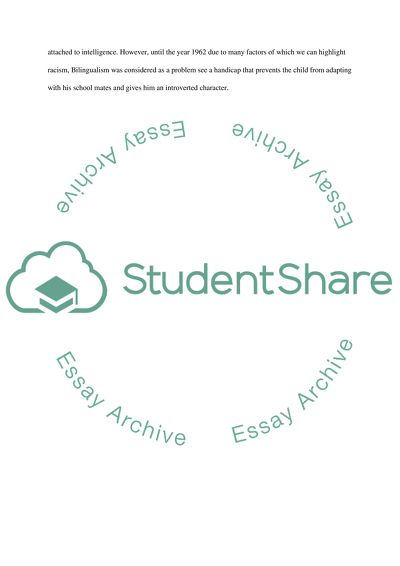Cite this document
(“Language Development Hypotheses Term Paper Example | Topics and Well Written Essays - 1500 words”, n.d.)
Language Development Hypotheses Term Paper Example | Topics and Well Written Essays - 1500 words. Retrieved from https://studentshare.org/miscellaneous/1550760-language-development-hypotheses
Language Development Hypotheses Term Paper Example | Topics and Well Written Essays - 1500 words. Retrieved from https://studentshare.org/miscellaneous/1550760-language-development-hypotheses
(Language Development Hypotheses Term Paper Example | Topics and Well Written Essays - 1500 Words)
Language Development Hypotheses Term Paper Example | Topics and Well Written Essays - 1500 Words. https://studentshare.org/miscellaneous/1550760-language-development-hypotheses.
Language Development Hypotheses Term Paper Example | Topics and Well Written Essays - 1500 Words. https://studentshare.org/miscellaneous/1550760-language-development-hypotheses.
“Language Development Hypotheses Term Paper Example | Topics and Well Written Essays - 1500 Words”, n.d. https://studentshare.org/miscellaneous/1550760-language-development-hypotheses.


